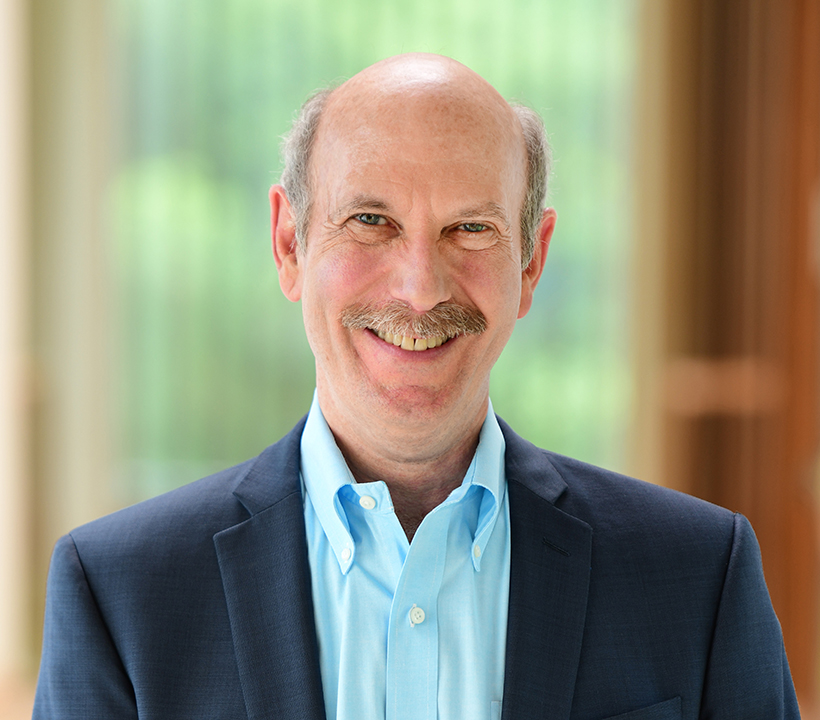The tumultuous events of the past year have highlighted the First Amendment’s vital role as a pillar of American democracy. They have also underscored the need for vigilance in defending it.
Journalists’ coverage of these events — the pandemic, the nationwide protests denouncing police killings of Black Americans and supporting racial justice, and the bitterly contested presidential election and its aftermath — has put renewed focus on the protection of freedom of the press.
Attacks by law enforcement on protesters and journalists have brought to prominence two other First Amendment protections: freedom of speech and the right to peaceably assemble. Freedom of speech is also at the center of ongoing debates over controversial speakers on college campuses and the role of social media companies in limiting or blocking hate speech and disinformation on their platforms.
Now, the initial amendment to the U.S. Constitution is being tested on multiple fronts:
- In the last year, Republican legislators in 34 states have introduced or passed legislation that would place greater restrictions on the right to lawfully assemble. Bills in Oklahoma and Iowa would grant immunity to drivers whose vehicles hit and injure protesters on public streets.
- On April 28, the U.S. Supreme Court heard a case involving a high school cheerleader whose profanity-laced post on Snapchat is now a test of whether First Amendment protections of freedom of speech for students extend to their actions away from school grounds.
- On April 29, the Reporters Committee for Freedom of the Press and 91 media organizations urged U.S. Attorney General Merrick Garland to investigate law enforcement’s treatment of journalists as part of the Justice Department’s civil rights probes into police departments in Minneapolis and Louisville. In both cities, reporters were arrested (and, in Minneapolis, assaulted) while lawfully covering protests over the deaths of George Floyd and Breonna Taylor.
- Also on April 29, a coalition of advocacy groups called on President Joe Biden to create a national task force “to identify steps that the federal government can take to combat disinformation while safeguarding freedom of expression.”
Because of these and other factors, understanding the First Amendment’s role in protecting key freedoms is now especially important.
[the_ad id=”667826″]
“Expression by speakers across the ideological spectrum is facing actual or threatened suppression by not only government officials, but also other powerful societal forces, from tech giants to social media mobs,” Nadine Strossen, an expert on constitutional law and a former president of the American Civil Liberties Union, told me. “No matter who we are, no matter what we believe, we all have a stake in ensuring meaningful free speech for everyone.”
This starts with knowing the rights and freedoms that the amendment protects. A 2019 survey by the Freedom Forum Institute found that only 1% of Americans could name all five: freedom of speech, freedom of the press, freedom of religion, the right to peaceably assemble and the right to petition the government for a redress of grievances. More than a quarter (29%) could not name a single one.
Asked about the First Amendment’s language at her Supreme Court confirmation hearing last year, even Amy Coney Barrett — nominated to fill the seat long held by Ruth Bader Ginsburg — was unable to cite the right to petition the government.
It extends to knowing what the amendment covers — and what it does not.
The First Amendment is frequently invoked in discussions of online speech. While it states that Congress “shall make no law” that infringes on the protections it cites, it says nothing about private companies, such as Facebook or Twitter, curating content on their platforms and restricting speech that they deem harmful.
As a result, support for it should never be taken for granted.
[the_ad id=”667872″]
“The future of the First Amendment seems uncertain. So does the underlying reality of public opinion in this area and its trajectory moving forward.” That was the conclusion of High School Student Views of the First Amendment, a 2019 report commissioned by the John S. and James L. Knight Foundation that summarized the findings of seven national surveys of U.S. high school students from 2004 to 2018. A Knight survey of college students, published in 2020, found that “students today are less inclined than their recent predecessors to view First Amendment freedoms as secure in society.”
Why? Here’s one reason: Court decisions that are often the most important — for example, whether displaying a swastika is a form of free speech or whether speakers should be permitted to share offensive views on college campuses — may be challenging for many to understand.
This makes it imperative that the First Amendment be taught in schools as the bedrock of the country’s commitment to individual rights and responsibilities and a core part of civics education.
As Strossen told me, “The only secure protection for free speech is a public that understands its importance and therefore defends it.”
The News Literacy Project, a nonpartisan national education nonprofit, provides programs and resources for educators and the public to teach, learn and share the abilities needed to be smart, active consumers of news and information and equal and engaged participants in a democracy.
[the_ad id=”667878″]







